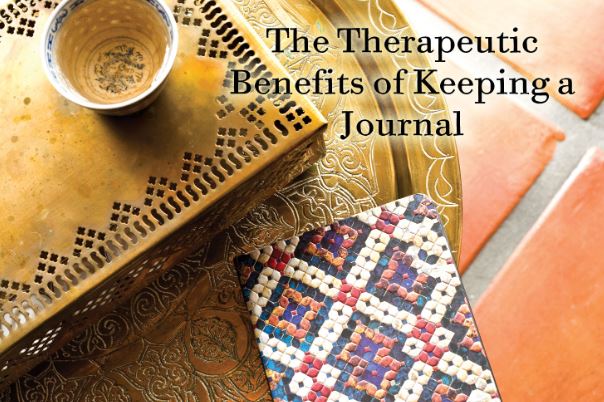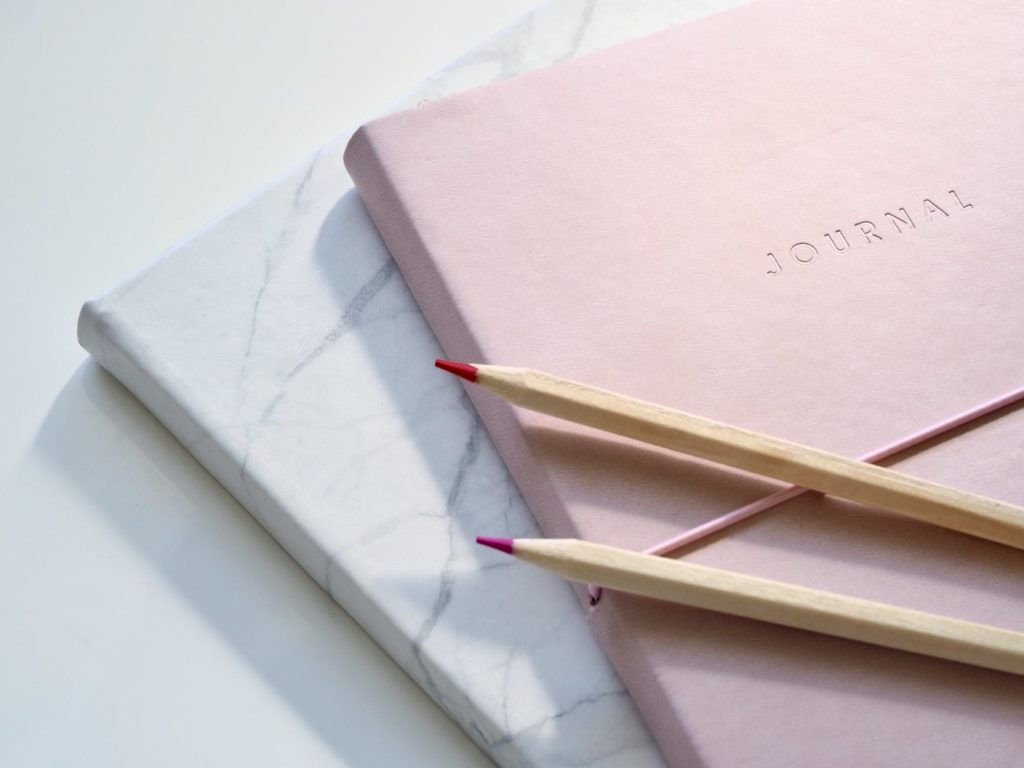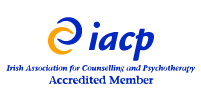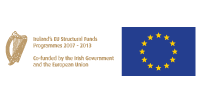Journal writing and the ancient practice of putting pen to paper is still a very popular activity, despite the impact in the modern world of social media, phones and TV. The diary is, first and foremost, a psychological tool, an instrument for self-understanding. Those who recognise it as such look upon their diaries as companions and confidants. Like a good therapist, the diary is the perfect listener. In fact, the word ”therapist” in its original Greek form, theraput, means ”attendant.”
My relationship with journaling began as a teenager; keeping a diary and trying to write down the events and experiences of my life in ‘code’ so it wouldn’t be understood by the prying eyes of my father. I sporadically continued my diary but knowing the benefits, I evolved to being an active facilitator of Julia Cameron’s The Artist’s Way (2002) for many years and writing my ‘Morning Pages’, I evolved to reaping the cathartic benefits of journaling.
It is well documented that the act of putting thought and feelings on paper helps give useful emotional and mental clarity. However, there is scientific evidence that the relief that comes from writing things down is more than just psychological. Dr. James Pennebaker, a researcher in Texas, has conducted studies that show that when people write about emotionally difficult events or feelings for just 20 minutes at a time over three or four days, their immune system functioning increases.
The therapeutic potential of reflective writing didn’t come into public awareness until the 1960s, when Dr. Ira Progoff, Ph.D., a psychologist and psychotherapist, who studied with C. Jung, realised that persons needed to work from their inner levels to develop their potential in life. He developed a journal process which he called the Intensive Journal method; a structured psychological workbook. By studying the lives of creative people like Fyodor Dostoyevsky and Samuel Taylor Coleridge, Progoff found that creative people were much more aware of and attuned to their lives than were noncreative people. So Progoff developed a set of procedures to be applied in a journal format that would evoke the underlying process of growth that seemed to him to occur in the lives of these creative people.
I have been working with the Intensive Journal Method for the past number of years and this summer spend a week in New York with the world’s most active and well known facilitators of the Progoff Method of journaling. Here I outline how the Journal method can be of benefit for personal and professional growth.
The Intensive Journal method uses various dialogue processes in helping you gain insight and understandings into specific areas of your life; personal relationships, work, projects of intense interest, release feelings about your body and health, and deal with various events and situations. Because the workbook mirrors the contents of our lives, the Method’s structure and organisation helps you to write down your journal entries in a systematic way and to develop them further. You become sensitive to the elusive threads of your inner lives when you have a definite method of working with them. It serves a unifying process; it is the link that holds your life process together, where your life experiences are recorded. Progoff calls it the “hinge in the process,” the tool by which you re-experience the inner continuity of your life. You can feel the presence of the principles of wholeness working within you.
Through working in the Meaning Dimension of the Journal, the journal method proves an aid in developing your own Spiritual development awareness. The structured method of journal writing acts as an active instrument whereby working in one journal section leads to entries in another. The interplay of journal exercises and techniques creates a dynamic process which helps individuals build a momentum and energy; this generates breakthroughs and transformations.

When I started journaling, it was to capture the story of the current drama I was going through or as a record for some unknow future time when I wouldn’t ‘feel like this’… Now I journal in the ‘here and now’. I write what’s present to me right now. The Intensive Journal method informs me ‘where does my life want to move to right now’….. ‘where am I being directed to?’ AND it gives me a place to move to continue my journaling. Life is never stagnant, always moving and always naturally seeking homeostasis. Esoteric writer and teacher Wayne Dwyer says “it’s not what you are doing in life, you are ‘being done’” We need to show up in life and allow ourselves to ‘be done’! Ira Progoff’s Journal Method teaches me this process; not to get so hung up on an issue and get ‘stuck’. Life is moving, where is this situation, person, issue moving me to? There is always a section in the diary to meet this enquiry, so I go there, write some more and deepen my awareness of the situation, thus allowing me to allow life to live through me rather than by me. Over 60,000 people have participated in the popular journal-writing workshops internationally over the past couple of years. Martina has organised the workshop in Athlone over the past 3 years with workshop facilitator John Sweet, who trained with Ira.
Martina is facilitating a 1-day introduction to this process in IAHIP Offices in Dublin in January and there will be a 6-days Intensive Journal Process in Athlone next July, facilitated by some of the world leading facilitators of Ira’s Work. For enquiries, email [email protected]
Martina is a Tutor with ICPPD. She is an accredited Gestalt Psychotherapist, Supervisor, Spiritual Director and Group trainer. She has a private practice in Athlone and is Co Director of Athlone Therapy Centre: The Dancing Soul. Recently, Martina had an article published in ‘Spirituality’, with the title “Applied Spirituality”. View article here: https://www.facebook.com/martina.breen/posts/10212459655429924
You can contact Martina at [email protected]
References
New York Times: November 8, 1981, on Page 6006098 of the National edition with the headline: DIARY WRITING TURNS A NEW LEAF.
Cameron, J. (2002). The Artist’s Way: A spiritual path to higher creativity. New York: J.P. Tarcher/Putnam.
Pennebaker, J.W., (2004) Writing to Heal: A guided journal for recovering from trauma & emotional upheaval. New Harbinger Pub. California.
The Illustrated Encyclopedia of Mind-Body Medicine, 1999, The Rosen Group.)
http://www.intensivejournal.org/about/aboutWorkbook.php









